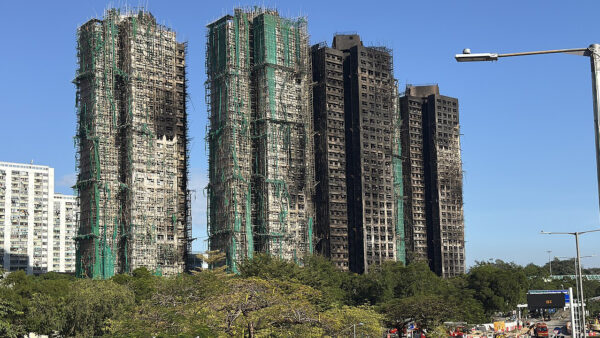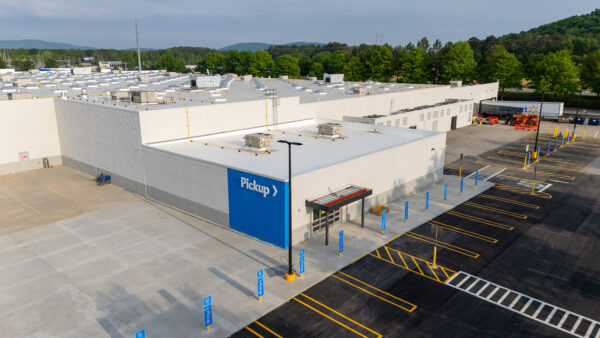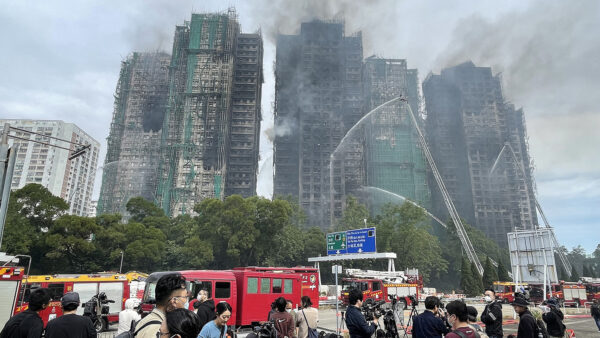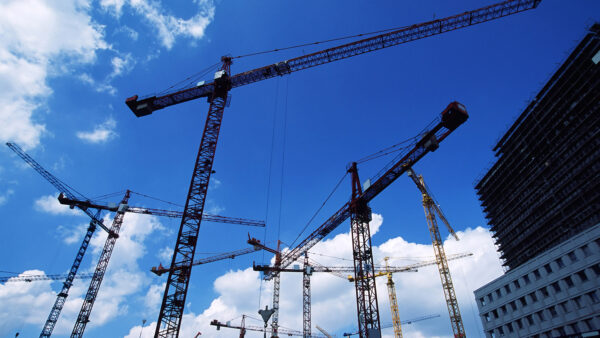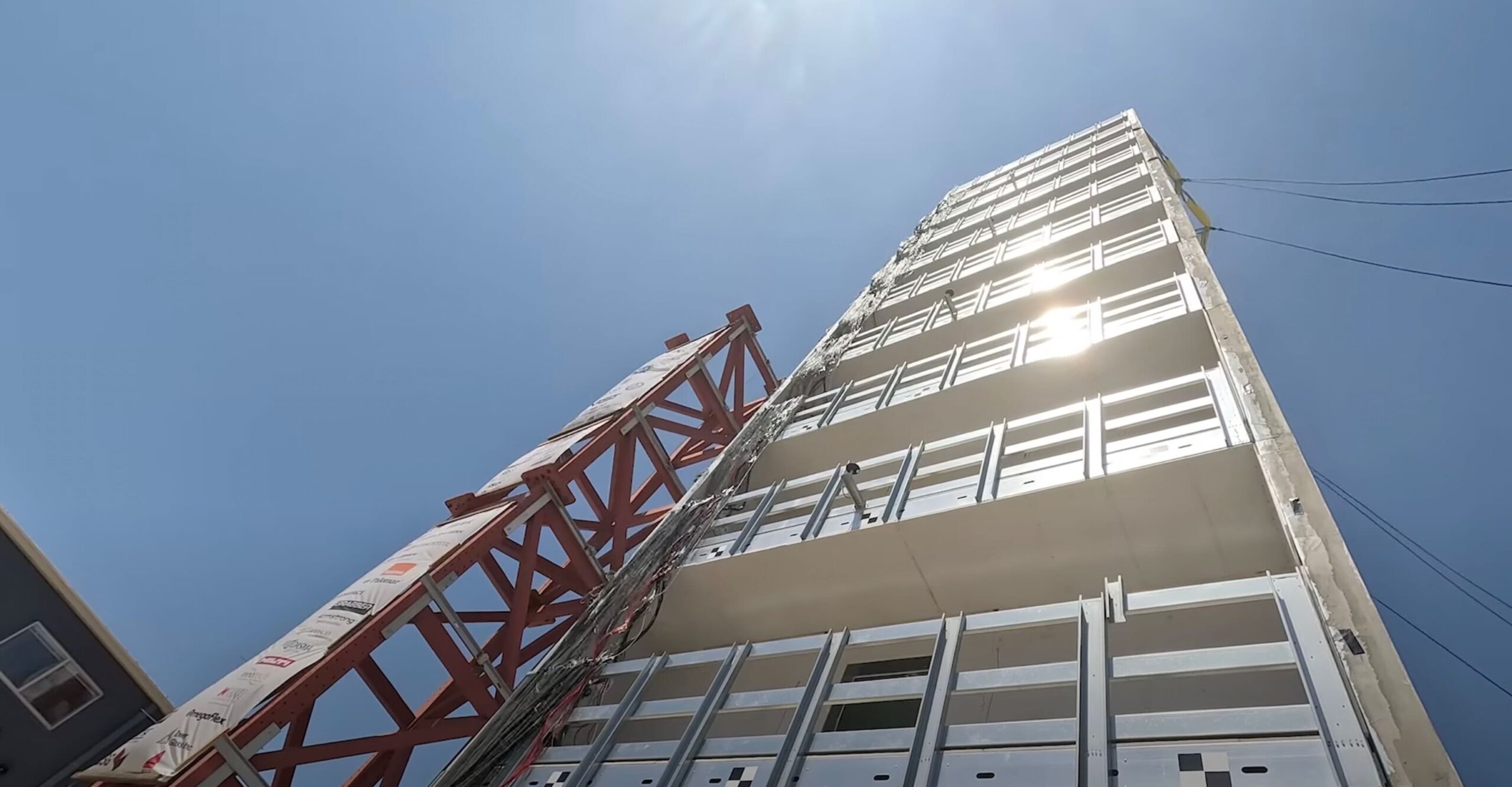
Engineers at the University of California San Diego have earthquake-tested a 10-story, 100-foot-tall steel structure, saying it’s the tallest steel structure ever tested with an earthquake simulator, also known as a “shake table”.
The shake table used is one of the three biggest in the world and the only one located outdoors.
Their goal was to test the seismic resilience of a structure made from cold-formed steel, a lightweight material made up to 70% from recycled metal.
Building codes currently limit this type of structure to 65 feet, or six storeys, and researchers want to know if the limit could be raised to 100 feet or 10 storeys in seismically active areas.
The shake table moves up and down, side to side, and in rolling, pitching and yawing motions to simulate a real earthquake.
- Watch the building shake:
“The building performed very well,” said Tara Hutchinson, the project’s lead and a structural engineering professor.
“Despite 18 earthquake tests of increasing intensity – including three very large at and above what design engineers must consider in designing a building – the load-bearing structural system retained its integrity.”
Researchers expected some damage to the building’s non-structural components, but the stairs – crucial for evacuation – remained functional.
They installed nearly a thousand sensors to measure to measure the structure’s responses.
That led to what Hutchinson called “an outstanding set of data to analyse and digest, and ultimately to help improve building codes and support the design communities’ desire to use this excellent material in the construction of taller, lightweight, more resilient buildings”.
- Subscribe here to get stories about construction around the world in your inbox three times a week

